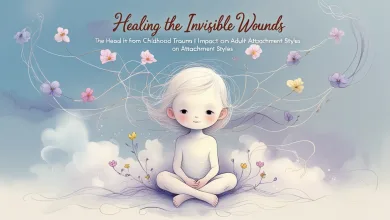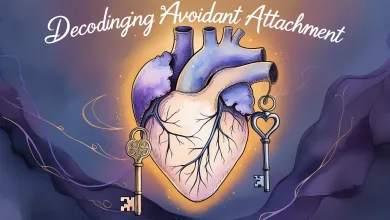How to build healthy bonds for emotional development?

Are your relationships feeling stuck in frustrating patterns? Learning to build healthy emotional bonds might be exactly what you need. Let’s explore how developing stronger connection skills can transform your relationships and enhance your emotional wellbeing.
The Foundation of Emotional Connection
Relationships can certainly be challenging! Developing a healthy emotional foundation isn’t just psychological theory—it’s practical wisdom that leads to more fulfilling connections. When we establish reliable emotional bonds, we gain something like an inner compass that helps navigate relationships with confidence and trust.
The difference between walking on eggshells and feeling genuinely understood often comes down to how we’ve learned to connect with others.
The Research Behind Emotional Bonding
The research on relationship patterns isn’t just another psychology trend. John Bowlby and Mary Ainsworth discovered that our early relationships fundamentally shape how we connect throughout our lives. Their work reveals how childhood experiences create blueprints for adult relationships.
Understanding Your Connection Style
Four Main Bonding Patterns
Our relationship tendencies are as unique as fingerprints. Here’s a simple overview:
- Healthy/Secure Bond: Balanced relationships with appropriate trust and openness
- Anxious Connection: Worry about abandonment and seeking constant reassurance
- Avoidant Pattern: Maintaining emotional distance and self-sufficiency
- Disorganized Approach: Complex reactions often stemming from difficult early experiences
The Origins of Your Relationship Tendencies
The good news is that your connection style isn’t permanent! Think of it as a familiar path that can be gradually redirected with awareness and intentional growth.
Practical Steps to Healthier Emotional Connections
1. Cultivate Self-Awareness
Building healthier bonds begins with honest self-reflection. Become a compassionate observer of your emotional landscape by asking:
- How do I typically respond when relationships get difficult?
- What situations trigger my deepest relationship fears?
- Where did I learn these patterns of connecting?
2. Address Past Emotional Wounds
Healing emotional injuries is like tending a garden—some areas need gentle care, others more intensive attention. Professional support through therapy can provide valuable guidance for this process.
3. Develop Communication Skills
Healthy emotional connections thrive on authentic communication, including:
- Clearly expressing your needs
- Listening with full attention
- Creating respectful boundaries
- Practicing emotional honesty
The Neuroscience of Connection
Here’s something fascinating: Healthy relationships actually change your brain! Research demonstrates that nurturing connections can establish new neural pathways, supporting emotional regulation and resilience.
Navigating Challenges on Your Journey
When Old Patterns Emerge
Changing relationship patterns requires patience. You’ll encounter challenges and moments when old habits resurface. The keys to progress are consistency, self-compassion, and continued practice.
Common Questions About Building Healthy Relationships
Q: Can I develop healthier connection patterns if I didn’t experience them growing up?
Absolutely! Your past experiences influence but don’t determine your future relationships.
Q: How long does building new relationship patterns take?
It varies, but dedicated effort typically shows meaningful improvements within 6-18 months.
Q: Is therapy necessary for developing healthier relationship skills?
While therapy provides valuable support, self-reflection and consistent personal development can also create significant positive changes.
Your Path Forward
Building healthy emotional bonds is like learning a new language—the language of authentic connection. This journey involves self-discovery, healing, and transformation.
Remember that you’re not broken—you’re evolving, constantly growing and developing new capacities for connection.





